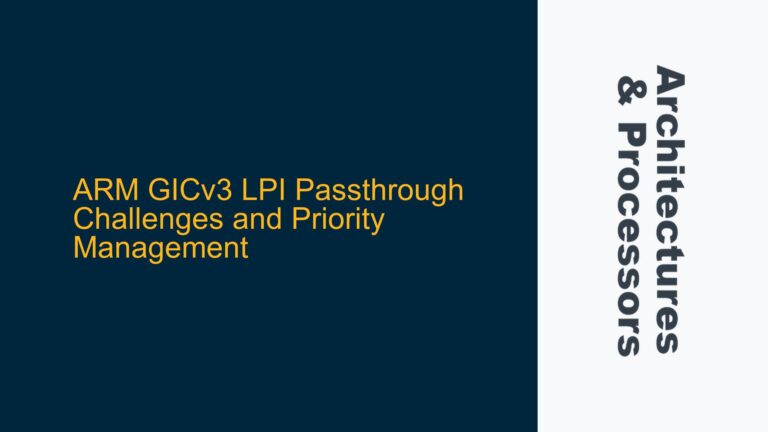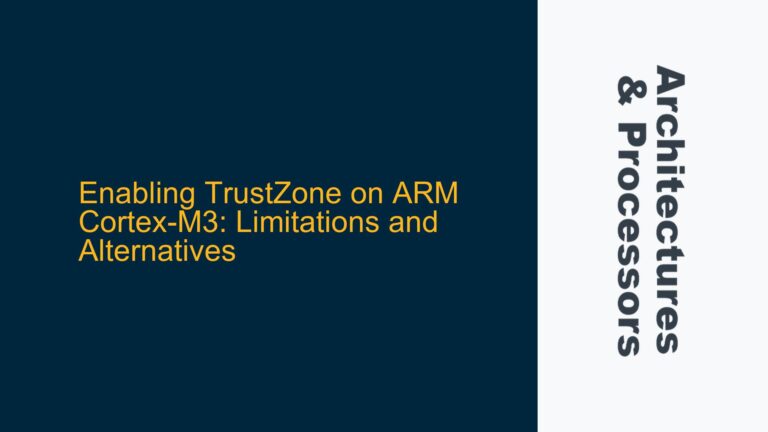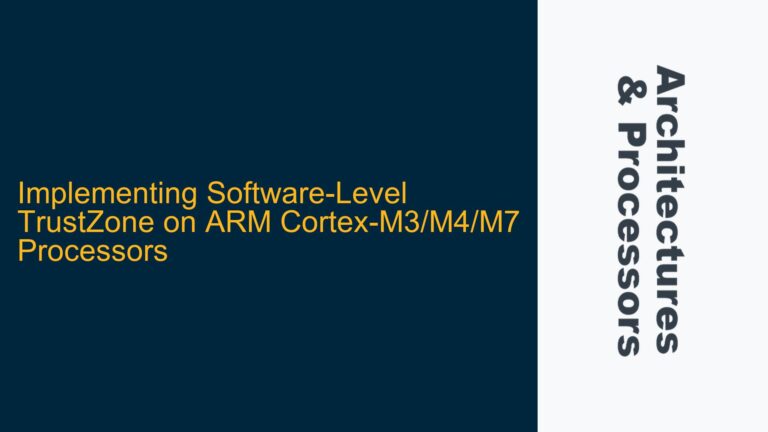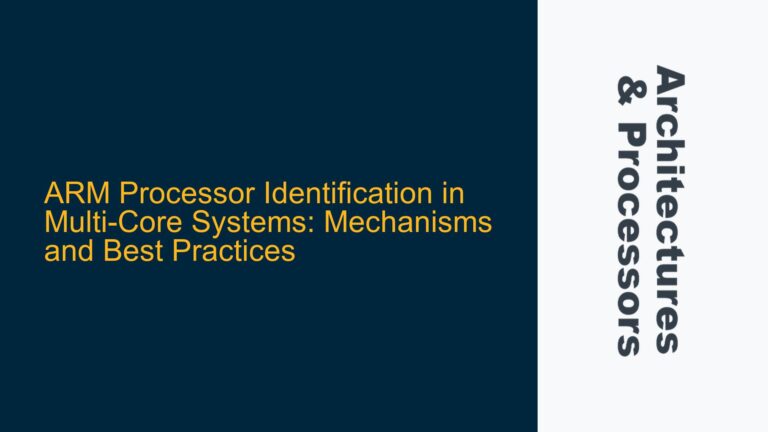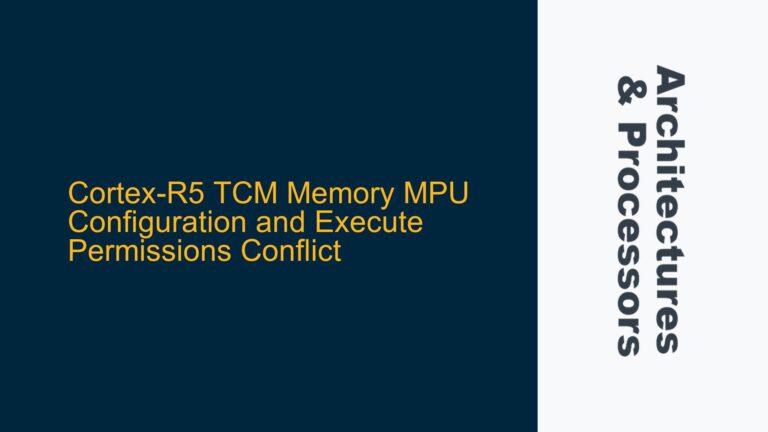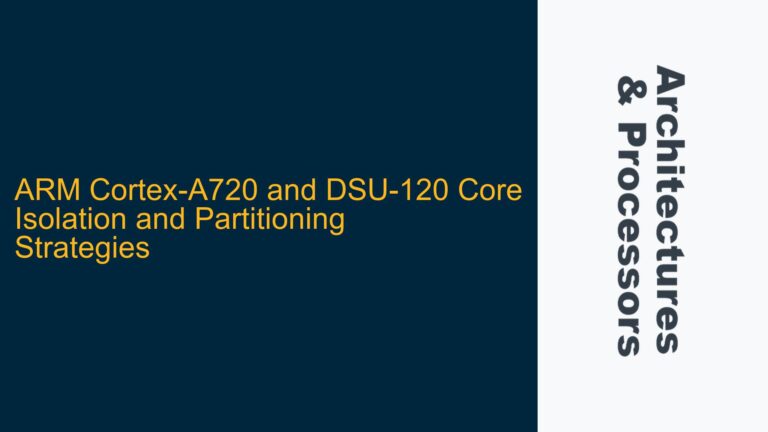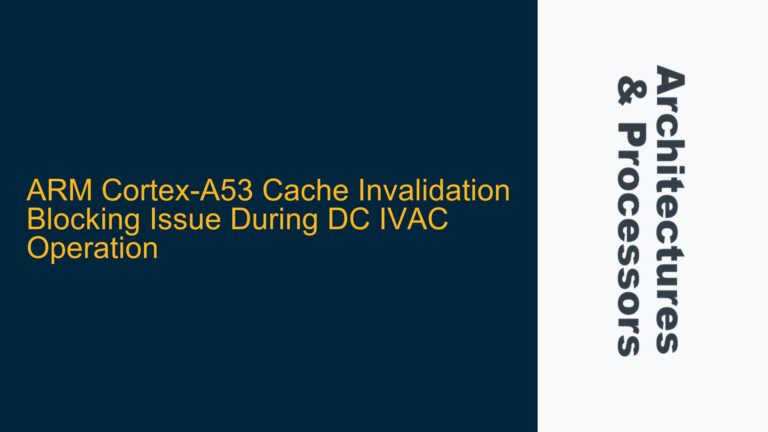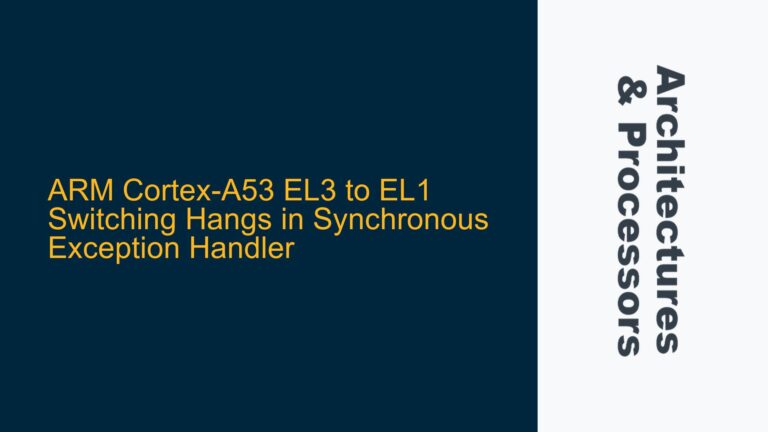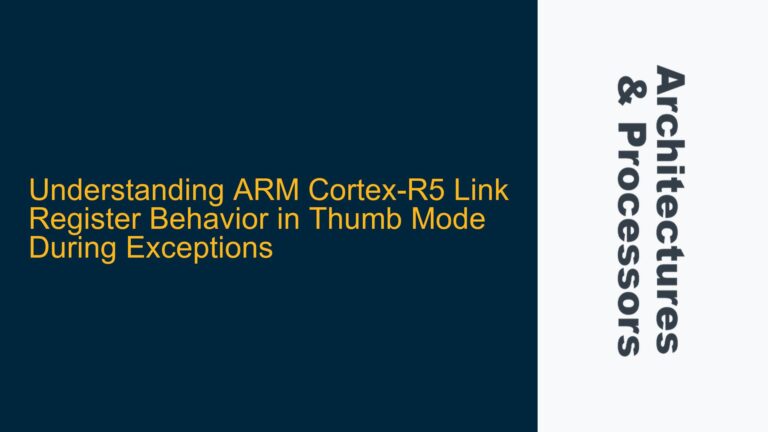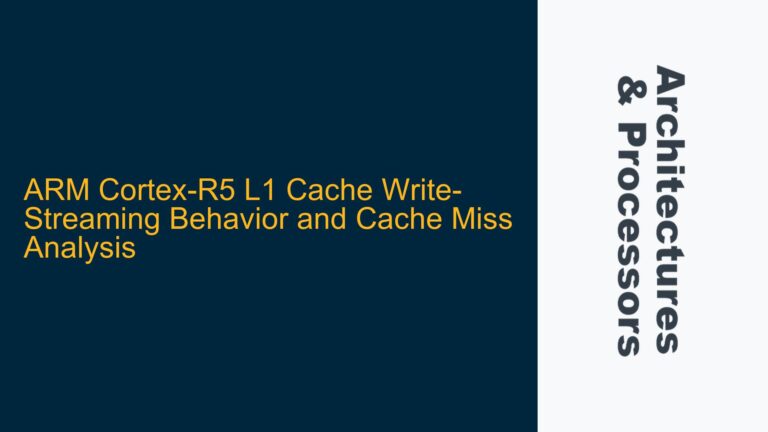ARM GICv3 LPI Passthrough Challenges and Priority Management
ARM GICv3 LPI Passthrough Behavior and State Machine The ARM Generic Interrupt Controller (GIC) version 3 introduces Locality-specific Peripheral Interrupts (LPIs), which are message-based interrupts designed for high-performance and scalable systems. Unlike traditional wired interrupts such as Peripheral Private Interrupts (PPIs) and Shared Peripheral Interrupts (SPIs), LPIs operate with a reduced state machine, which introduces…
